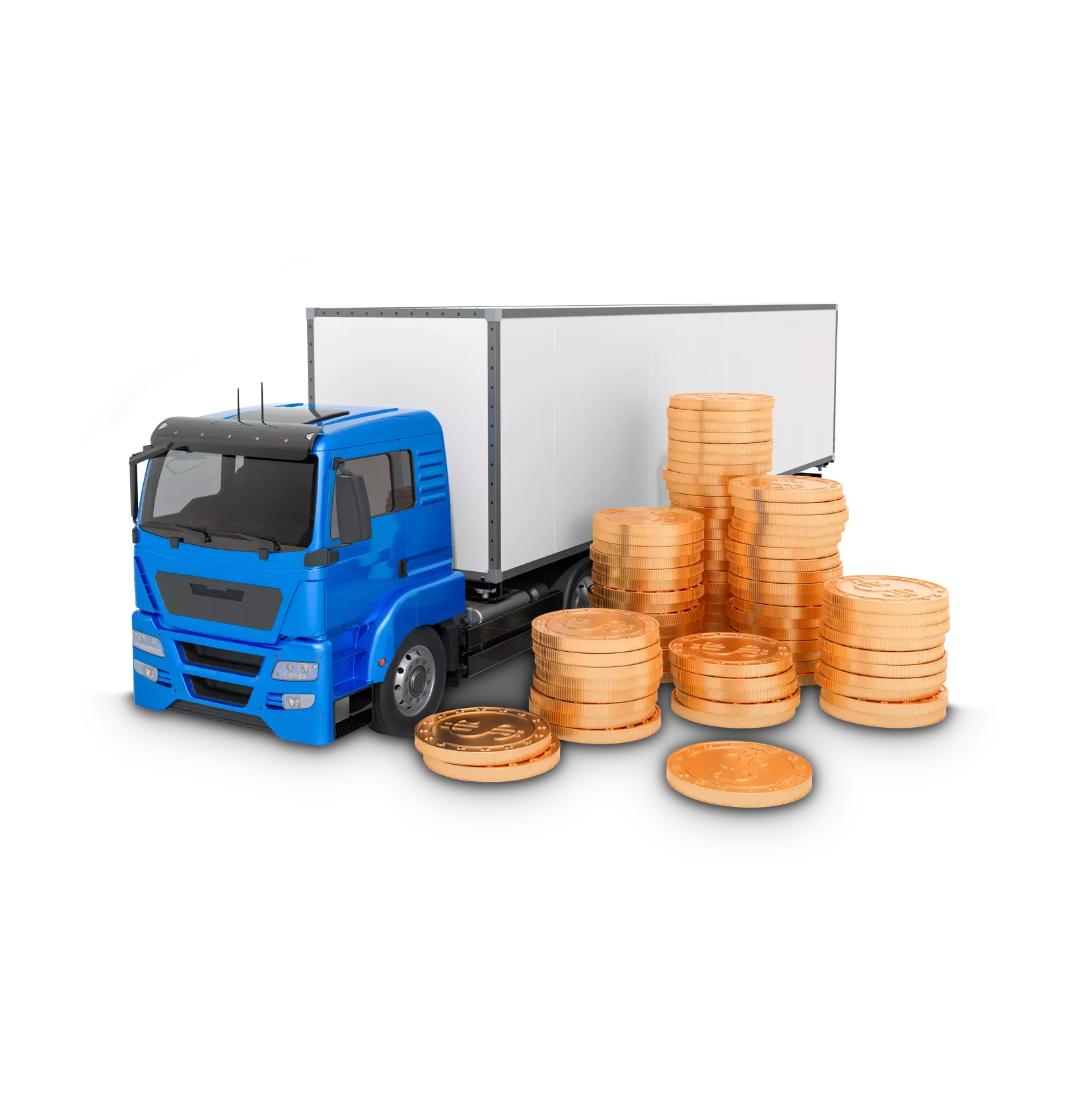Reaping the Rewards of Automation in Trucking
Reaping the Rewards of Automation in Trucking
Reaping the Rewards of Automation in Trucking
16 Juni 2022
 Jim Endres | Regional Account Director
Jim Endres | Regional Account Director
Did you know that truckers move 70% of the nation's goods? Even before the pandemic, truckers were an essential part of the nation’s commerce, moving goods and supplies from every part of the country. After the pandemic hit, keeping trucks on the road became vital to ensure that hospitals and healthcare facilities got the supplies they needed. Truckers worked endless hours to get groceries, cleaning supplies and other goods on the store shelves; doing all this during the worst labor shortage the industry has ever seen.
Like many industries, automation and technology will not only keep trucks on the road, but it can also ensure that trucking companies optimize their resources for greater efficiency. Logistics companies that leverage technology in intelligent ways can do more with the same number of people and with the assets they already have.
A Day in the Life—How Trucking Works Every Day
The average mid-size to large distributor might have anywhere from 1,000 to 6,000 accounts. Some distribution giants have significantly more. They operate hundreds of warehouses and distribution centers and thousands of trucks.
Depending on the size of the enterprise, these distributors might have thousands of items on offer for their customers with all of those items needing to be accounted for and managed. In the case of food distribution companies, they must also keep track of waste and spoilage. For consumer goods distributors, they must take retailer preferences and specifications into account.
Here’s a typical day for an average food distributor: Let’s say your driver is carrying a load of citrus fruit from California to one of your distribution centers. Upon arrival, your warehouse staff will sort, repackage, label and load the fruit on smaller ship pallets for your retail customers. Then, another driver heads out to the various customers on their route to deliver the produce.
In the meantime, your fleet manager is tracking every driver you have on the road, checking on hours and making sure that there are no issues. Your warehouse team is constantly working to ensure that the warehouse space is being used efficiently, and, in the case of food distribution, that perishable items go out on the FIFO (first in, first out) method.
Your driver must keep careful track of their hours, maintain logs and interact with customers at their scheduled stops. They must inspect the vehicle every morning and evening and report any maintenance issues. They must drive in any conditions, outside of weather hazards and natural disasters.
After all, consumer demand is rising and the number of drivers is falling while goods still must get to the stores. Logistics is a complex industry with a lot of moving parts, and if you are trying to manage it with manual processes, you won’t be able to keep up.
Let's discuss how automation and technology can drive the trucking industry forward.
In the Warehouse
Common sense tells us that automating some processes in the warehouse can increase productivity and reduce safety risks for your workers.
Let’s look at how it works in real life. When an intelligent Warehouse Management System (WMS) is coupled with inventory management in your ERP, your team will get a notice that the inbound driver is arriving with the citrus shipment. The warehouse supervisor gets an electronic bill of lading and your team will know exactly where the fruit needs to be staged for the outbound driver to pick up.
Since the facility knows a truck is arriving, the inbound driver doesn’t have to spend hours waiting to unload. Then, the outbound driver can be at the facility at the right time to pick up the fruit and take it to their scheduled stops. If there is an issue, the driver’s in-cab telematics, paired with a Transportation Management System (TMS), can alert the dispatch team at the fleet. They can contact the warehouse and let them know that the driver is running late.
WMS optimizes picking and packing operations so that you’ll run at peak productivity and make the best use of both warehouse space and staff. The system can print labels and it organizes picking and packing routes to make it seamless for your employees. Most distribution centers will have multiple orders coming in and going out at the same time, so your WMS can even optimize the location of product assignments and decide the best place to stage each load automatically. After that, once the load leaves the warehouse, built-in traceability tools track every load from arrival to its final destination.
In this case, human interaction paired with good technology leads to gains for everyone. You get improved order accuracy, vast improvements in inventory management and a reduction in operating costs.
On the Highways
Let’s go back to our citrus fruit example. If your operation is using manual planning processes to assign and schedule a truck to deliver the fruit, your driver has no way of knowing if the crew at the distribution center is ready for them. They may spend hours in line behind other drivers, waiting for the load to be processed and repackaged.
In the meantime, their Hours of Service (HoS) clock is ticking down, and they still have a scheduled route that they need to follow. If the fleet manager hasn’t taken these factors into account, the driver could have to cut their route short or miss stops. That leads to unhappy customers and, sometimes, leads to wasted product.
An efficient, well-run fleet doesn’t allow drivers to waste time and gas on empty miles. Nor does it allow their drivers to idle at warehouses waiting for their trailers to get loaded and unloaded. Instead, a smart fleet manager uses the technology available, like robust route optimization software, in order to determine the fastest, safest routes for their drivers, and uses that information to make an intelligent, effective schedule. The software uses any number of factors you choose, including historical data, to calculate order durations and automatically plan accurate schedules and routes.
Your on-time delivery rates will jump up while your planning hours will decrease. This means that your fleet will have more capacity available because they are driving fewer miles giving you the resources you need to take on new customers and please your existing customer base.
Routing and scheduling software provides you with a route plan in mere minutes making the most out of the trucks and drivers you already have. Not only does routing and scheduling software save you time—it can save you money. Most customers that adopt this type of software saved 10-30% in operating costs within the first few months of adoption.
The Future Is Now
Right now, trucking companies are squeezed to the limits, and there is no reprieve in sight. Fleet managers need to find ways to better utilize the resources they currently have and routing software is the key to helping distributors move their products to market. In the next few decades, automating tasks in the trucking industry is paramount to achieve any high-level market viability.
That’s all possible today with the right technology in place. Route optimization software can help you take the guesswork out of planning your routes. In the face of worldwide driver shortages and rising fuel costs, today’s fleets need to be nimble. Most importantly, they need to save money and meet current customer obligations without going over driver hours or having to buy new trucks.
Savvy dispatch and warehouse managers know that they can reap the benefits of automation tools now. Warehouse management software, in tandem with robust routing software, will help move the industry into the future.
Want to know more about how to optimize your fleet and your warehouse? Find out how, now.
20 Strategies to Reduce Fleet Operating Costs
Inefficient delivery fleets cause escalating costs that many distribution companies can’t afford – paying more to operate your fleet than is necessary.



